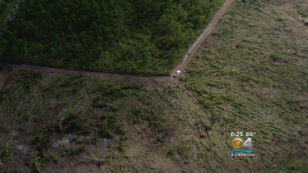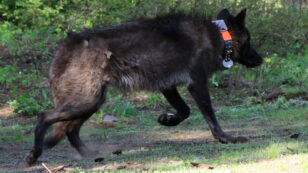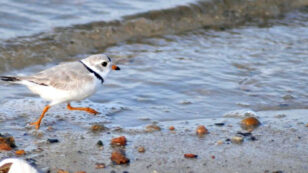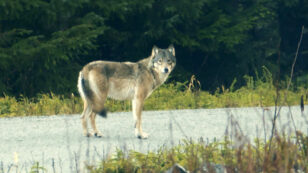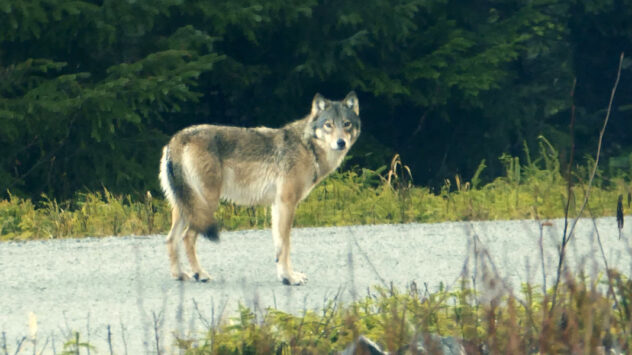
Wolves Are Losing Ground to Industrial Logging in Southeast Alaska
By Faith Rudebusch For 12,000 years, wolves have roamed Southeast Alaska’s rugged Alexander Archipelago—a 300-mile stretch of more than 1,000 islands mostly within the Tongass National Forest. Now, their old-growth forest habitat is rapidly disappearing, putting the wolves at risk. As the region’s logging policies garner controversy, a new study examines what the wolves need […]

 233k
233k  41k
41k  Subscribe
Subscribe 
